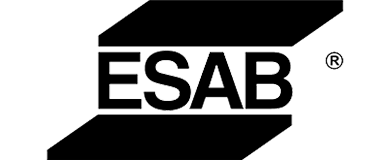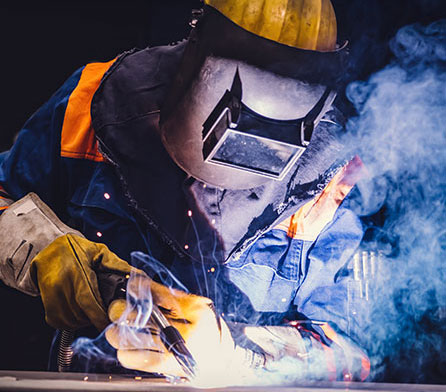Propylene
Propylene (C3H6) is a colorless, flammable, liquefied gas with a faintly sweet odor. When compared with acetylene, it has moderate BTU capacity in its primary and high BTU capacity in its secondary flames. The heat release in the primary flame cone is slightly less than that of acetylene. The BTU capacity of the outer flame is superior to that of acetylene. Propylene combines the qualities of an acetylene flame with the secondary heating capacity of propane. This fuel gas burns hotter than propane. Cutting speed should be compared on a case-by-case basis before choosing a fuel gas for your application. When making a conversion from acetylene to propylene, it is necessary to replace the fuel gas supply hose (grade T) as well as the cutting tip. Depending on the thickness of the material being cut, it may be necessary to replace the mixer in the oxy/acetylene cutting torch due to the different oxygen/fuel gas combustion ratio required with this combination. When compared with acetylene, propylene offers greater safety as it can be utilized up to full tank pressure. It is well suited to being used at cold temperatures as it has a greater vapor pressure when compared with propane.

Propylene Cylinder Transportation Information
| Chemical Formula | C3H6 |
|---|---|
| Minimum Purity | 94.0% |
| Cylinder CGA Outlet | 510 |
| MSDS | P-4648 |
| CAS Number | 115-07-1 |
| UN Number | 1077 |
| US DOT Name | Propylene |
| US DOT Label | Flammable Gas |
| US DOT Class | 2.1 Flammable Gas |




























